Does Empathy Guide Your Leadership?
December 12, 2024
Does Empathy guide Your Leadership? How Leading with Your Heart Strengthens Your Team
In leadership, it’s easy to focus on what we see—attitudes, behaviors, and outcomes. But the most impactful leaders go beyond the surface, leading with empathy and understanding to create deeper connections within their teams. Leading with your heart is about asking the right questions, fostering trust, and inspiring people to bring their best selves to the table.
This week, let’s explore how leading with empathy can transform your team into a thriving, connected, and motivated group.
One Thought to Keep in Mind
Leading with empathy requires us to pause, look beyond surface-level behaviors, and ask what’s driving someone’s actions. When we lead with our hearts, we build a culture of understanding, trust, and mutual respect. Teams that feel truly understood and supported are more engaged, collaborative, and resilient. By creating space for empathy, we not only solve immediate challenges but also strengthen our team’s foundation for the long term.
Two Strategies to Help Lead with Empathy
1. Ask the Right Questions to Foster Understanding:
When faced with challenging behaviors or attitudes, resist the urge to judge or react immediately. Instead, ask thoughtful questions that encourage understanding and connection. These questions shift the focus from “what’s wrong?” to “how can I help?”
Ideas for Asking the Right Questions:
What might this person be experiencing that I can’t see?
Am I interpreting their actions fairly, or am I making assumptions?
How can I support this person in a way that helps them succeed?
Questions to Reflect On:
How often do I seek to understand the root cause of someone’s actions?
Am I creating a safe space for my team to share their challenges openly?
By leading with curiosity, you create an environment where people feel valued and supported, making it easier to address challenges collaboratively.
2. Recognize and Celebrate the Good in People
Empathy-driven leadership also involves recognizing the positive attributes and efforts of those we lead. This not only reinforces a culture of positivity but also inspires people to see the best in themselves.
Ideas for Celebrating the Good:
Regularly acknowledge individual and team accomplishments, both big and small.
Offer personalized praise that highlights a person’s unique contributions.
Use one-on-one conversations to reflect on each person’s growth and potential.
Questions to Reflect On:
Do I take time to highlight the strengths of my team members?
How can I make recognition a more consistent part of my leadership style?
When people feel seen and valued for their efforts, they’re more likely to stay motivated, engaged, and aligned with the team’s mission.
One Question to Reflect On
How often do you pause to ask, “What support does this person need from me right now?” Reflect on how you can approach the week ahead with this question in mind. Whether it’s offering a listening ear, adjusting expectations, or simply expressing gratitude, small acts of empathy can create big shifts in your team’s culture.
Action Step
This week, commit to one specific act of heart-forward leadership. Maybe it’s starting a conversation with an open-ended question, celebrating a team member’s progress, or simply asking someone how they’re feeling. Choose an approach that feels authentic and aligned with your team’s needs. Watch how this act of empathy strengthens your connection and builds trust.
Final Thoughts
Leadership isn’t just about the tasks we assign or the goals we set—it’s about the relationships we build and the culture we foster. When we lead with our hearts, we empower our teams to thrive, both individually and collectively.
Empathy isn’t a sign of weakness—it’s a strength that deepens connection, inspires loyalty, and brings out the best in others. As you lead with empathy this week, notice how it transforms not only your team but also your own perspective. Here’s to leading with heart and to the meaningful impact it creates!
Until we meet again: Be a Leader. Be a Learner. Be Kind.
Dr. Roy Bishop, Jr.
Ready to take your leadership skills to the next level? Click Here
to sign up for a complimentary 1-hour leadership consultation with me today! Let's work together to equip you with everything you need to achieve greatness!
Check out our website at www.jointhebeteam.com for more tips, tools, and resources for leaders!
share this
Related Articles

1 Truth · 2 Strategies · 1 Reflection Weekly Leadership Lift with Dr. Roy Bishop, Jr. If you want to avoid burnout, start your day with yourself before you give it away to everyone else. Most educational leaders wake up and immediately jump into emails, messages, or mental checklists of what needs to get done. Before the day even begins, you’re already reacting instead of leading. And when every day starts like that, burnout isn’t a possibility; it’s a guarantee. You can’t lead others well if you don’t lead your own morning first. 1 Truth The tone of your morning sets the temperature for your leadership. When you wake up rushing, your day stays rushed. When you wake up grounded, your day follows your rhythm, not everyone else’s. The best leaders don’t wait for peace to find them; they create it. That’s why every morning should begin with intentional stillness, a quiet moment to connect with yourself before the demands of the day take over. Whether it’s reflection, working out, journaling, or silence, those first minutes shape how you think, decide, and show up for others. 2 Strategies to Live It Out 1. Create a “No Noise” Zone (I have to do this in my car sometimes…) Spend your first 15–20 minutes without screens, texts, or social media. Instead, check in with your mindset. Ask yourself: What do I need to feel centered today? Maybe it’s gratitude, calm, or focus. When you take control of your internal environment, you can handle anything that happens in your external one. 2. Set an Intention, Not Just a Schedule. Before you dive into your calendar, decide how you want to be today, not just what you want to do. For example: “Today I will lead with patience.” “Today I will listen more than I speak.” This simple shift helps you lead from clarity instead of chaos. 1 Reflection Question What’s the first thing you focus on each morning and how does it impact the rest of your day? Take Action Tomorrow morning, try this: wake up 15 minutes earlier. Don’t check your phone. Don’t open your email. Just sit with your thoughts, breathe, stretch, or write. Give yourself the first and best part of your day. That single act of discipline will protect your energy more than any time-management strategy ever could. Final Word Avoiding burnout doesn’t require a total life overhaul, it requires a consistent commitment to start your day on purpose. You can’t pour into others if you’re already empty when the day begins. Lead your morning, and you’ll lead your mindset. Lead your mindset, and you’ll lead your day. Lead your day, and you’ll lead your life. Until next time, Be a Leader. Be a Learner. Be Kind. Let’s keep leading together. Dr. Roy Bishop, Jr. Founder of The Be Team I help leaders and future leaders, from the classroom to the boardroom, build confidence, protect their peace, and grow into the best version of themselves by learning to grow through the seasons of feeling stuck, burnt out, or overlooked. It happens to all of us at some point so why not prepare for it? Because leadership isn’t about titles; it’s about becoming. And I believe that everyone, no matter their age or experience, deserves the chance to be the leader they were meant to be.

1 Truth · 2 Strategies · 1 Reflection Somewhere along the way, I started confusing being busy with being effective. I’ve always been told that working longer hours and sacrificing rest somehow proves our dedication. But being exhausted isn’t a sign that you’re doing great work. It’s a sign that you’re doing too much of the wrong work (there is such a thing), the kind that drains your purpose instead of fueling it. As educational leaders, we pour into everyone else, students, staff, and families and often forget to pour back into ourselves. Leadership isn’t about doing it all. It’s about doing what matters most, with energy, clarity, and intention. You can’t lead effectively if you’re constantly running on fumes (I have never seen this done well). 1 Truth You’re not tired because you’re weak. You’re tired because you’re operating without renewal. When you ignore rest, reflection, and boundaries, you trade long-term effectiveness for short-term validation. Exhaustion might look like dedication, but it’s really depletion. Strong leaders understand that protecting their energy isn’t selfish, it’s smart. The best version of you isn’t the busiest one. It’s the one that’s focused, fueled, and fully present for your team, your students, and yourself (we often forget about ourselves in the equation). 2 Strategies to Live It Out Audit Your Energy Before the week gets away from you, take a few minutes to ask yourself: What gives me energy? What drains it? Then make one small adjustment. Maybe it’s saying no to an extra meeting, taking a short walk instead of scrolling your phone, or turning off notifications after hours. Awareness creates alignment, and alignment builds sustainability. Rest Without Guilt Rest is not a reward for getting everything done. It’s a requirement for showing up as your best self. Schedule your recovery time like any other meeting (seriously, put it on your calendar now or it won’t happen). Sleep, quiet reflection, and personal time don’t make you soft. They make you last. The leaders who thrive long-term are the ones who protect their peace and model balance for others (I used to be really bad at this). 1 Reflection Question What is one responsibility or mindset I’ve been holding onto that no longer deserves my energy? Take Action Take ten minutes today to define your energy boundaries. Write down three things that drain you and three things that refuel you. Keep that list somewhere visible. Every time you start to feel overwhelmed, go back to it. Your energy is your leadership advantage so protect it. Final Word Exhaustion is not a requirement of leadership; it’s a signal that something needs to change. You don’t have to prove your worth by overworking yourself. You prove it by showing up whole, grounded, and consistent. When you protect your peace, you amplify your presence. When you slow down, you gain clarity. When you take care of yourself, you give everyone around you permission to do the same. Until next time, Be a Leader. Be a Learner. Be Kind. Let’s keep leading together. Dr. Roy Bishop, Jr. Founder of The Be Team — helping educational leaders lead with purpose, balance, and mindset. I help leaders and future leaders from the classroom to the boardroom, build confidence, protect their peace, and grow into the best version of themselves by learning to grow through the seasons of feeling stuck, burnt out, or overlooked. It happens to all of us at some point, so why not prepare for it? Because leadership isn’t about titles; it’s about becoming. And I believe that everyone, no matter their age or experience, deserves the chance to be the leader they were meant to be.

1 Truth · 2 Strategies · 1 Reflection Somewhere along the way, I started confusing being busy with being effective. I’ve always been told that working longer hours and sacrificing rest somehow proves our dedication. But being exhausted isn’t a sign that you’re doing great work. It’s a sign that you’re doing too much of the wrong work (there is such a thing), the kind that drains your purpose instead of fueling it. As educational leaders, we pour into everyone else, students, staff, and families and often forget to pour back into ourselves. Leadership isn’t about doing it all. It’s about doing what matters most, with energy, clarity, and intention. You can’t lead effectively if you’re constantly running on fumes (I have never seen this done well). 1 Truth You’re not tired because you’re weak. You’re tired because you’re operating without renewal. When you ignore rest, reflection, and boundaries, you trade long-term effectiveness for short-term validation. Exhaustion might look like dedication, but it’s really depletion. Strong leaders understand that protecting their energy isn’t selfish, it’s smart. The best version of you isn’t the busiest one. It’s the one that’s focused, fueled, and fully present for your team, your students, and yourself (we often forget about ourselves in the equation). 2 Strategies to Live It Out 1. Audit Your Energy Before the week gets away from you, take a few minutes to ask yourself: What gives me energy? What drains it? Then make one small adjustment. Maybe it’s saying no to an extra meeting, taking a short walk instead of scrolling your phone, or turning off notifications after hours. Awareness creates alignment, and alignment builds sustainability. 2. Rest Without Guilt Rest is not a reward for getting everything done. It’s a requirement for showing up as your best self. Schedule your recovery time like any other meeting (seriously, put it on your calendar now or it won’t happen). Sleep, quiet reflection, and personal time don’t make you soft. They make you last. The leaders who thrive long-term are the ones who protect their peace and model balance for others (I used to be really bad at this). 1 Reflection Question What is one responsibility or mindset I’ve been holding onto that no longer deserves my energy? Take Action Take ten minutes today to define your energy boundaries. Write down three things that drain you and three things that refuel you. Keep that list somewhere visible. Every time you start to feel overwhelmed, go back to it. Your energy is your leadership advantage so protect it. Final Word Exhaustion is not a requirement of leadership; it’s a signal that something needs to change. You don’t have to prove your worth by overworking yourself. You prove it by showing up whole, grounded, and consistent. When you protect your peace, you amplify your presence. When you slow down, you gain clarity. When you take care of yourself, you give everyone around you permission to do the same. Until next time, Be a Leader. Be a Learner. Be Kind. Let’s keep leading together. Dr. Roy Bishop, Jr. Founder of The Be Team — helping educational leaders lead with purpose, balance, and mindset. I help leaders and future leaders from the classroom to the boardroom, build confidence, protect their peace, and grow into the best version of themselves by learning to grow through the seasons of feeling stuck, burnt out, or overlooked. It happens to all of us at some point, so why not prepare for it? Because leadership isn’t about titles; it’s about becoming. And I believe that everyone, no matter their age or experience, deserves the chance to be the leader they were meant to be.
STAY UP TO DATE
the latest from the be team
Receive an alert anytime a new post drops
Contact Us

